
Carey Davies has been Hillwalking Development Officer at the British Mountaineering Council BMC for the last two and a half years. As the first person to fill this new role, we've asked him to explain what the job entails, and the steps that the BMC have been taking to attract more hillwalkers and better represent their interests.
"I want to see walkers and climbers, everyone who loves the mountain environment, working together over the many issues there are in common"
UKH: Can you explain the aims behind your role at the BMC?
Carey: I'm there to: meet the needs of BMC hill walking members and create an active community involvement; attract new hill walking members to the BMC and be a supportive, involving community; and to promote the benefits of hill walking and reach out to as many groups and communities as possible.
I’m also the secretary of our Equity Steering Group, which works to make the outdoors more accessible to under-represented groups in society.
What do the hills of Britain mean to you, and why do you think they need promoting and protecting?
Walking is a very powerful thing that can loosen the restrictions we face, both societal and self-imposed, and make us more connected to the natural world and each other. The hills are where this freedom is most readily experienced, because they allow us to step sideways from the world for a while. The spaces where we’re able to do that are increasingly pressurised and we have to energetically protect the ones that are left.
For many years walkers might have assumed - however unfairly – that the BMC was most focused on climbers. What has changed?
Much of the focus of the BMC’s attention in the past has been on climbing, but there has always been a strand which has benefitted hill walkers, and a huge latent potential to do more. It’s a twofold job; it’s about making this strand stronger, and then letting people know about it.
Probably the single biggest part of my job is dealing with perception. It’s about getting across the idea that the BMC is ‘the natural home for hill walkers.’ In the past a lot of people have seen the BMC and assumed it was just for the climbing elite. That’s not true; right from the beginning in 1944 it was set up to be “an ‘umbrella’ body representing the collective interests of its members and, indirectly through its work, benefitting "all those who venture out on to the hills and moors” (The First Fifty Years of the BMC, Ernest Press) and was just as interested in the wider politics of landscape and education as the technical climbing issues.
I want to see the BMC become a genuine ‘all-mountain’ body which is as relevant as possible to the wider world, most of which is comprised of people who are mainly walkers. But ultimately I want to see walkers and climbers, everyone who loves the mountain environment, working together over the many issues there are in common. In the past whenever walkers have made historic gains, climbers have too; CRoW is a great example. It doesn’t make any sense politically to have a narrow approach.
"Walking has become a key part of our lobbying and parliamentary work, with the walker Greg Mulholland MP becoming our link to parliament and our annual hill walk with politicians growing in popularity"
How is this working in practice? Well, there are a lot of different areas. In terms of communication, we have about 150% more hill walking content going on our website and there is about twice as much ‘hill walking’ content in Summit, our membership magazine, as there was before. We’ve brought in the renowned long-distance walker Chris Townsend to be our hill walking ambassador. We’ve worked very closely with Terry Abraham, putting funds towards both his fantastic Scafell Pike documentary and his upcoming Blencathra sequel. We’ve also done some really successful walking and scrambling video content of our own for BMC TV including the Britain’s Mountain Challenges series with Trail magazine, a series on scrambling ropework and the ‘Great Walks of the Lake District’ with Mary-Ann Ochota and the Telegraph.
Our access and conservation work has become more inclusive and relevant to hill walkers. Our ‘headline’ campaigns of recent times have had a strong hill walking dimension, like Open Wales, Vote for the Outdoors and our ongoing work around the overcrowding of Snowdon. Even our Stand up for Stanage campaign was about far more than just climbing, even though it focused on a significant crag. At the moment we’re campaigning with Friends of the Lake District against the proposal to build 27 miles of giant pylons running both through the national park and near its border [Ed: see this opinion piece on UKH]. We are also going to throw our weight behind the excellent Mountain Magpie initiative to clean up litter in the hills. The BMC Access and Conservation Trust is planning a major campaign around the repair and restoration of upland footpaths and environments. Walking has become a key part of our lobbying and parliamentary work, with the walker Greg Mulholland MP becoming our link to parliament and our annual hill walk with politicians growing in popularity.
BMC Area Meetings are where volunteers get together to discuss local issues, and these are also becoming more hill walking-friendly. We now have a network of Hill Walking Reps across England and Wales who are all working together and swapping ideas. Some of these meetings are still very dominated by technical climbing issues but others have worked really hard to incorporate ‘bigger picture’ issues around landscape, access and conservation into their agendas. A lot of those issues are relevant to the whole spectrum of mountain users, not just walkers.
These are just a few examples of how things are changing. There are more and bigger plans on the horizon. Keep watching this space. A good way of gaining a snapshot of what’s going on is to follow our hill walking Twitter feed: www.twitter.com/bmc_walk.
Day to day, what does the job involve?
No day is the same! Probably the single biggest strand of it is communications-related: writing skills or ‘inspirational’ content for the website, working on press releases and mail-outs, updating Twitter etc. I write a lot for Summit, often a feature or two in each issue, and now have a hands-on editorial role. I work very closely with our access and conservation team, for example on campaigns (see above), which involves a lot of writing and brainstorming over biscuits. I try to make opportunities to get our stuff in the media and work with them when opportunities arise.
There is a lot of face-to-face stuff as well, though. I go to BMC Area Meetings in different parts of the country, where people discuss the grassroots work of the organisation. I meet and work with volunteers, mainly through two great groups, our Hill Walking Working Group and the Equity Steering Group. I organise events like the hill walking engagements days we’ve run in Hayfield. I attend other events like the Keswick and Kendal festivals and expound the virtues of the BMC to unwitting festival-goers. I also have a key organising role in our Equity Symposium, which is incredibly interesting and rewarding.
Those are just a few things off the top of my head. There is always loads going on and a lot of plate-spinning. I send a lot of emails beginning with ‘Sorry for the late reply…’
What are its main challenges, and which for you are the biggest rewards?
It’s very wide-ranging. No one has done this job before so I’ve sort of made it up as I’ve gone along. It’s extremely open-ended and the challenge is to prioritise and keep your eye on some kind of end goal. I liken it to a long-distance walk; you decide where you want to start and where you want to end, but in the middle you have a lot of decisions to make about what route to take. Then, of course, you’ve got to walk it and do lots of things from day to day to stay on track.
The biggest rewards are probably in working with volunteers. I come from a journalistic sort of background where for the most part you or your colleagues are just doing your own thing. In this job it’s totally different. Other people’s ideas and energy are a huge boost in doing the work. There are also some incredibly inspirational people, like Henry Folkard, our volunteer access co-ordinator in the Peak District, a sort of Yoda-like figure with a lifetime of wisdom about both access and conservation and a wicked sense of humour.
How often does it allow you to get out of the office and up the hills (during work time)?
More often than in most jobs, but not as often as you might think! The majority of my time is spent working in fairly conventional ways; sitting in the office in front of a computer, talking on the phone, having meetings, drinking more tea and coffee than is healthy.
That said, I do get out from time to time. The other day I walked half the Edale Skyline in the Peak District with nearly a dozen MPs and Lords for the annual parliamentary walk we organise. Probably the best ‘work day’ I’ve had with the BMC was filming with Terry Abraham for his Scafell Pike documentary; we filmed near Great End above a wall-to-wall cloud inversion, with the highest Lakeland tops poking out of it like floating islands. That’s the sort of thing where you laugh at your good fortune.
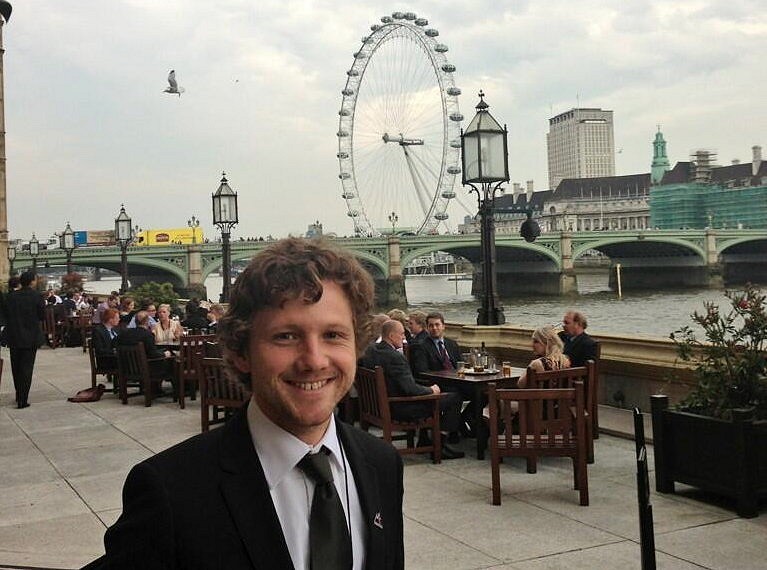
What are the major barriers to people’s participation in hillwalking? Which are the biggest threats to our ability to get out and enjoy the hills?
Thanks to decades of campaigning we now have a considerable amount of legal freedom to enjoy the uplands across Britain. But we can’t become complacent. By any measure we’ve won the argument around access; not only has the opening of the countryside not led to the widespread damage and disruption predicted by its opponents, it’s created a whole rural-recreational economy that brings millions of pounds into the countryside and sustains entire communities. And there is a rapidly growing body of evidence to demonstrate the huge benefits it brings to the country in terms of health and wellbeing. But there are always people who are opposed to the idea of the countryside being open to ordinary people. We need to keep making those points, exercising the rights we have and fighting for more.
As well as access, there are big challenges facing us around landscape and the environment. Protected areas are facing increasing pressures. The National Trust, for example, recently said that AONBs across Britain are being damaged by inappropriate developments, and as a local example - as I already mentioned - we are currently campaigning for an alternative to the pylons proposed for the western part of the Lake District. Our ‘sister’ body in Scotland, the MCofS (whose conservation work we help to fund) is constantly dealing with applications for massive wind farms in treasured wild areas. And ultimately, it costs money to maintain recreational infrastructure, but national parks and local councils are hobbled by slashed budgets, and numbers of visitors are growing. We have to be proactive in defending the landscapes we love to help meet these challenges.
"As well as access, there are big challenges facing us around landscape and the environment"
This is more of a personal thing, but I also think as walkers and climbers we could take more responsibility for the nature of the landscape, in both senses of the word. There are some brilliant examples of ‘recreational users’ working to protect wildlife, like Colin Knowles’ work with the Avon Gorge peregrines. But while a lot of walkers and climbers have very strong opinions about certain things in the landscape we don’t want to see, I think we could say more about what we do want. Forests in the uplands? Habitat restoration? How about full-on rewilding – reintroducing lynx, beavers and even wolves? These things are big in the conservation world at the moment but a lot of walkers and climbers don’t seem to have much to say about them. Recreation and conservation have sort of become separated, but there are some great examples of how they can complement each other. Moors for the Future and the Eastern Moors Partnership, both appropriately in the Peak District, are all about regenerating landscapes for people and wildlife. I’d like to see more of that everywhere, supported and encouraged by people like us i.e. hill walkers. We need to look beyond just asking ‘Can we walk in this landscape?’ and ask ‘What sort of landscapes do we want to walk in?
And of course, looming over everything there is climate change. The places we know and love are going to change, possibly profoundly, regardless of what we do. How do we respond to that?
For a bit of fun, what’s your favourite upland area?
If I go too long without being in the limestone landscapes of the Yorkshire Dales I get sad. They’re not big mountains or anything but they were the nursery of my outdoor imagination as a child, and that’s far more powerful. If a place gets stuck in your soul like that when you’re young it stays with you your whole life.
How about a favourite mountain?
It’s not really a mountain, but my favourite ‘protrusion’, for its personal significance, is the Chevin, a forested gritstone ridge above my hometown of Otley. Failing that, Suilven.
You came to your current job from an assistant editorship at TGO magazine, and when you’re not working at the day job you still have a sideline in outdoor writing; where has your work featured, and what attracts you to this genre?
I still write a monthly column for TGO (or The Great Outdoors). I also have a monthly spot in the Guardian’s Country Diary. I write features when I get the chance. Probably the most interesting thing I’ve done in recent times was to walk in the West Bank with Shat-ha, the Palestinian rambling club, which I wrote about for The Great Outdoors. I’m also in the process of writing my first book, but between the day job and everything else, progress is slow.
It’s all great fun. Walking and writing are very closely linked activities. Through walking you mentally map the world. Through writing you map your mentality. I couldn’t do without either.
- INTERVIEW: Exmoor Coast Traverse - England's Best Kept Mountaineering Secret 10 Apr
- REVIEW: Rab Muon 50L Pack 9 Apr
- REVIEW: Boreal Saurus 2.0 22 Mar
- REVIEW: The Cairngorms & North-East Scotland 1 Mar
- REVIEW: Mountain Equipment Switch Pro Hooded Jacket and Switch Trousers 19 Feb
- Classic Winter - East Ridge of Beinn a' Chaorainn 12 Feb
- REVIEW: Salewa Ortles Ascent Mid GTX Boots 18 Jan
- REVIEW: Patagonia Super Free Alpine Jacket 7 Jan
- REVIEW: Deuter Fox - A Proper Trekking Pack For Kids 27 Dec, 2023
- My Favourite Map: Lochs, Rocks, and a Bad Bog 27 Nov, 2023



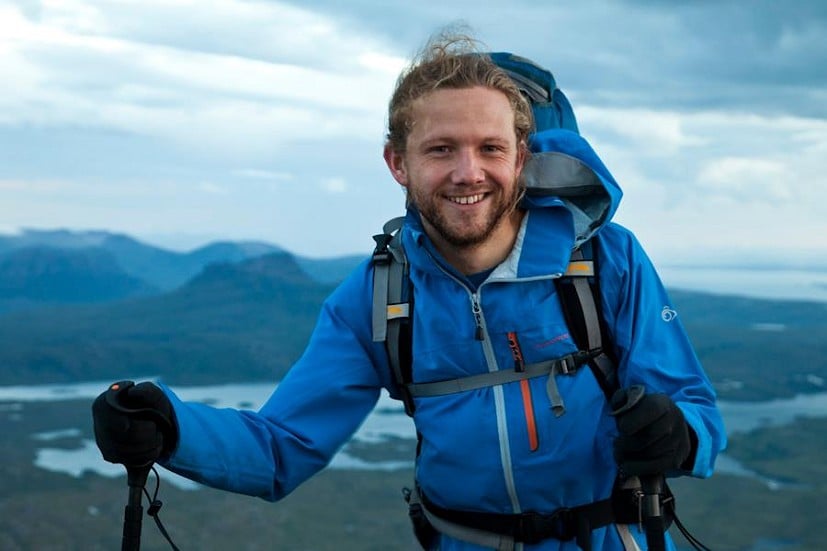
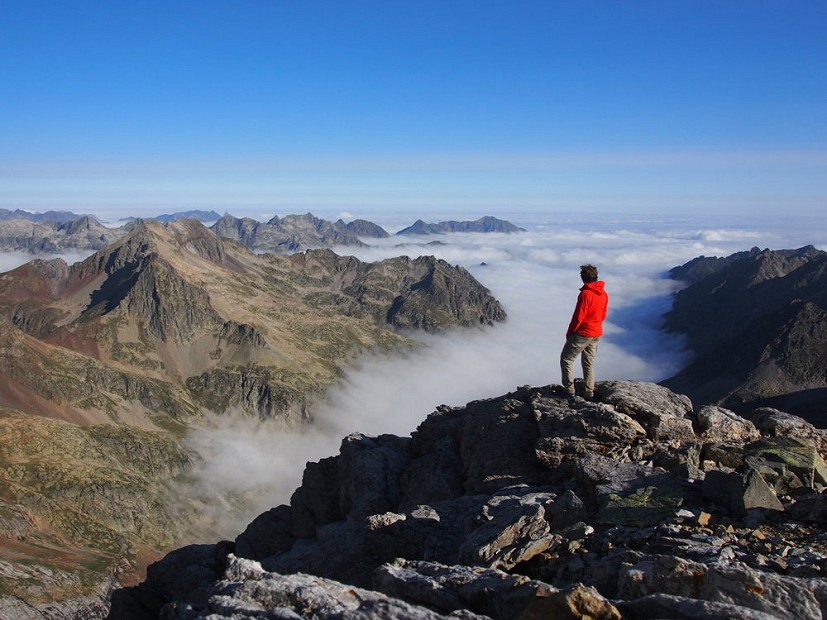
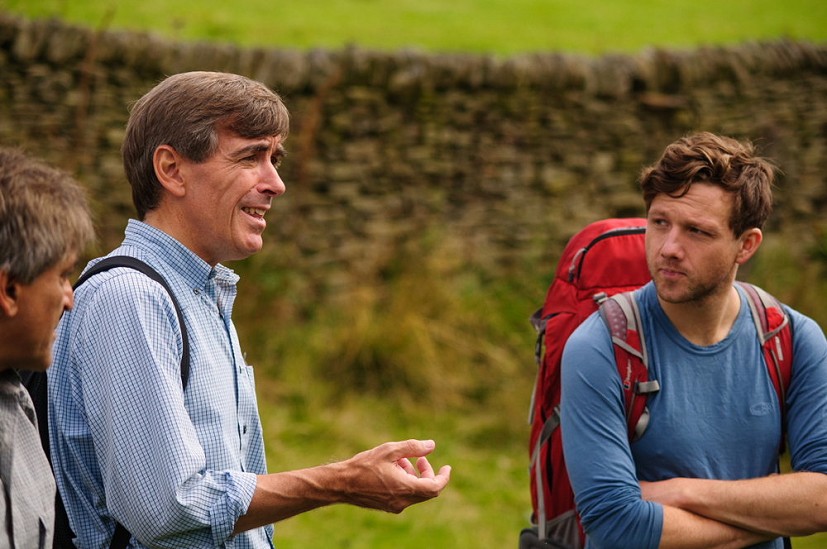
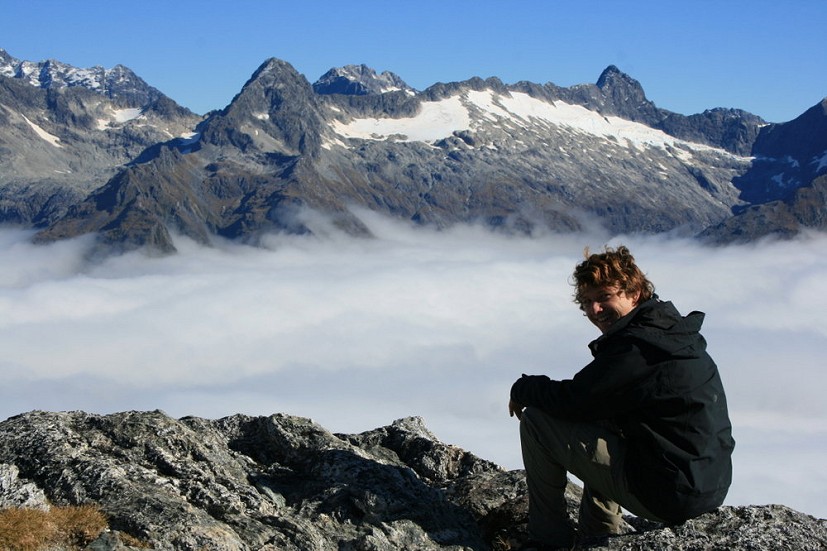




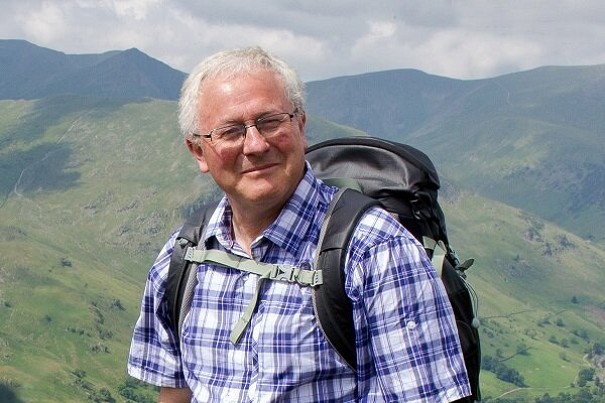
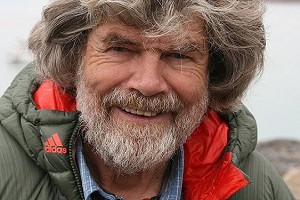

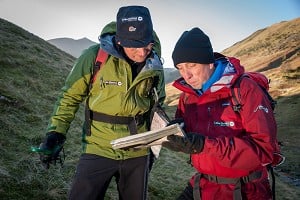

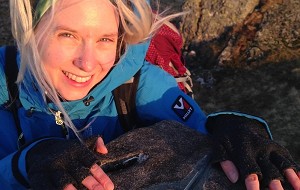
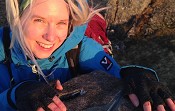
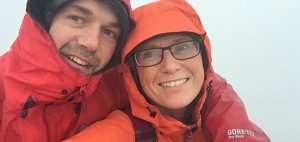

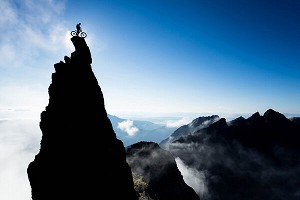
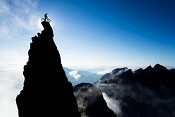
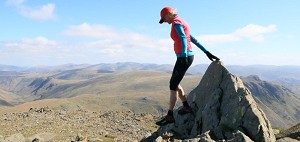

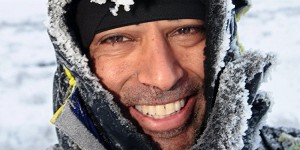

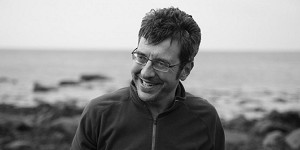

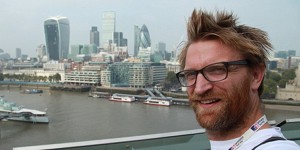

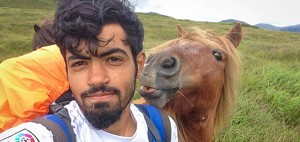

Comments